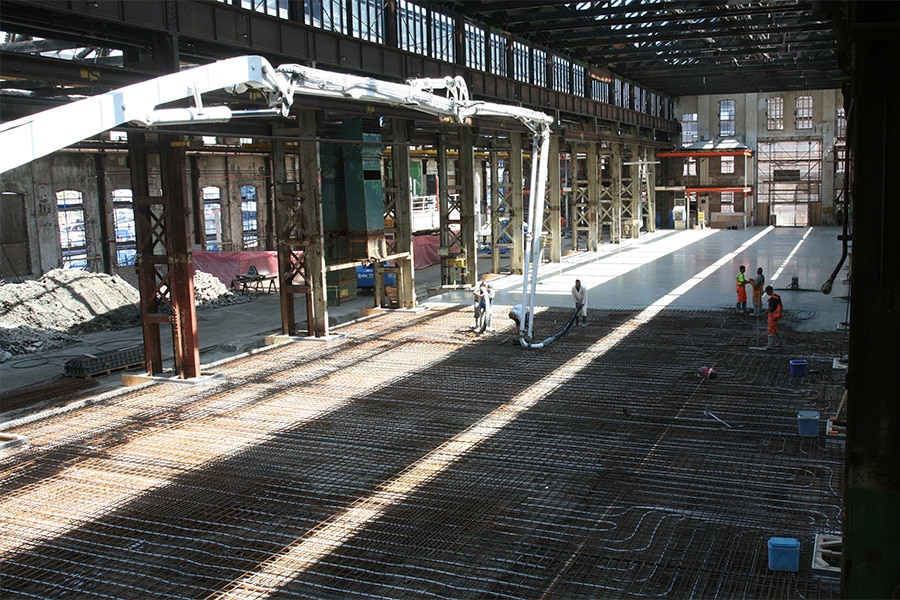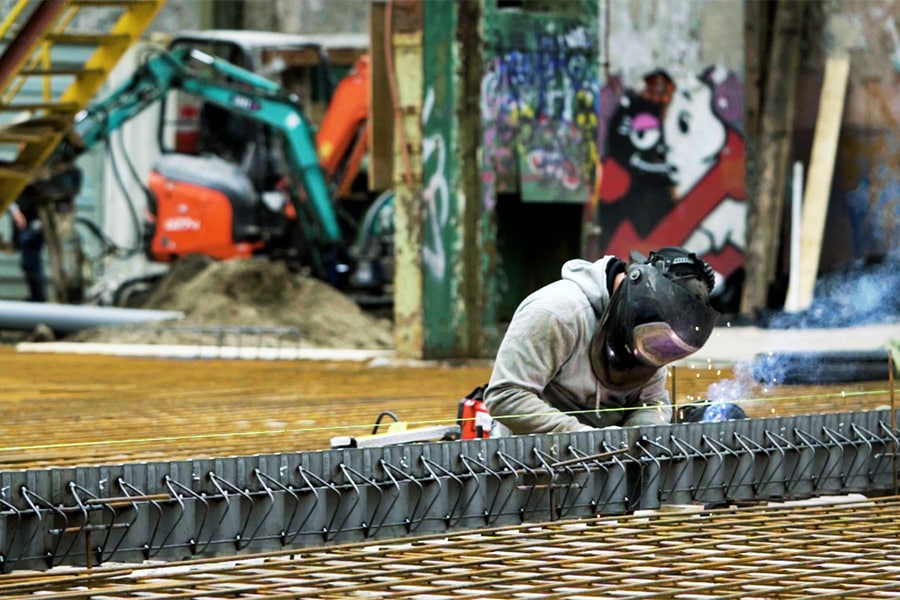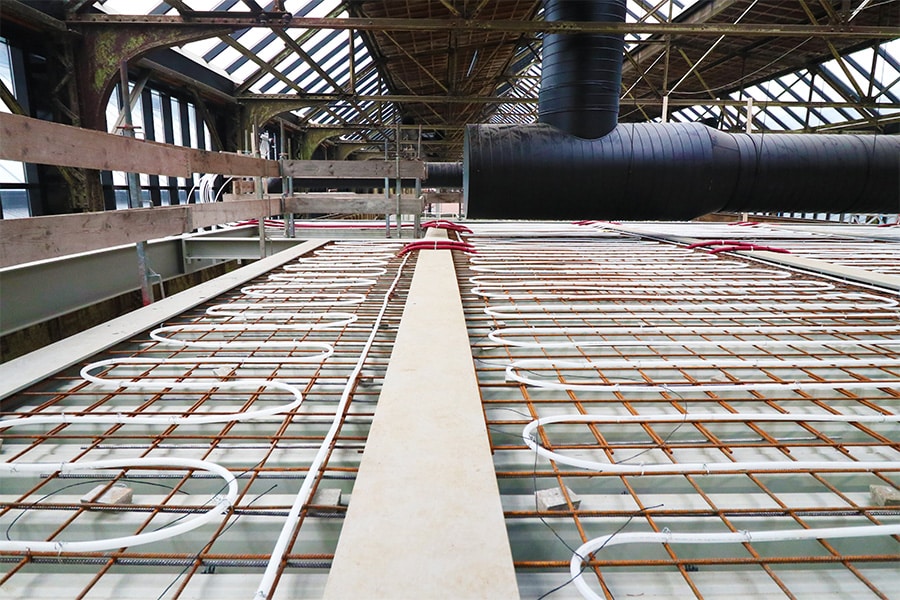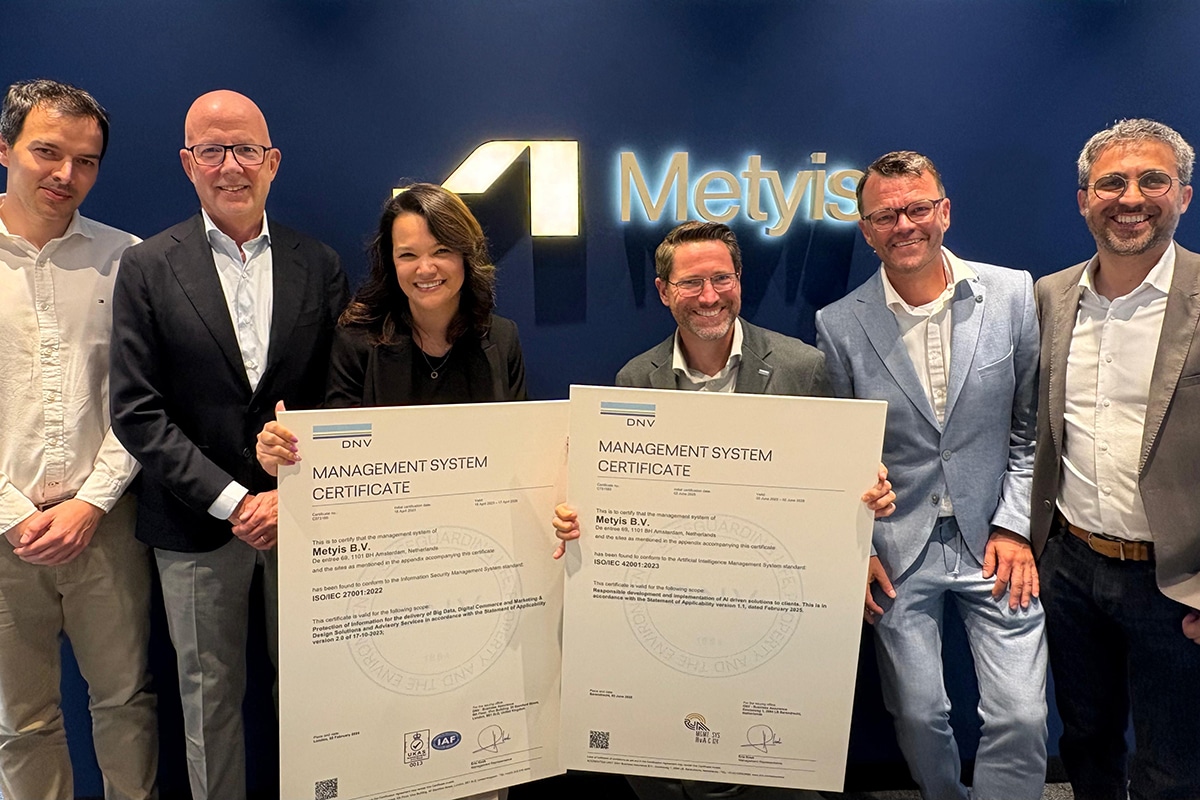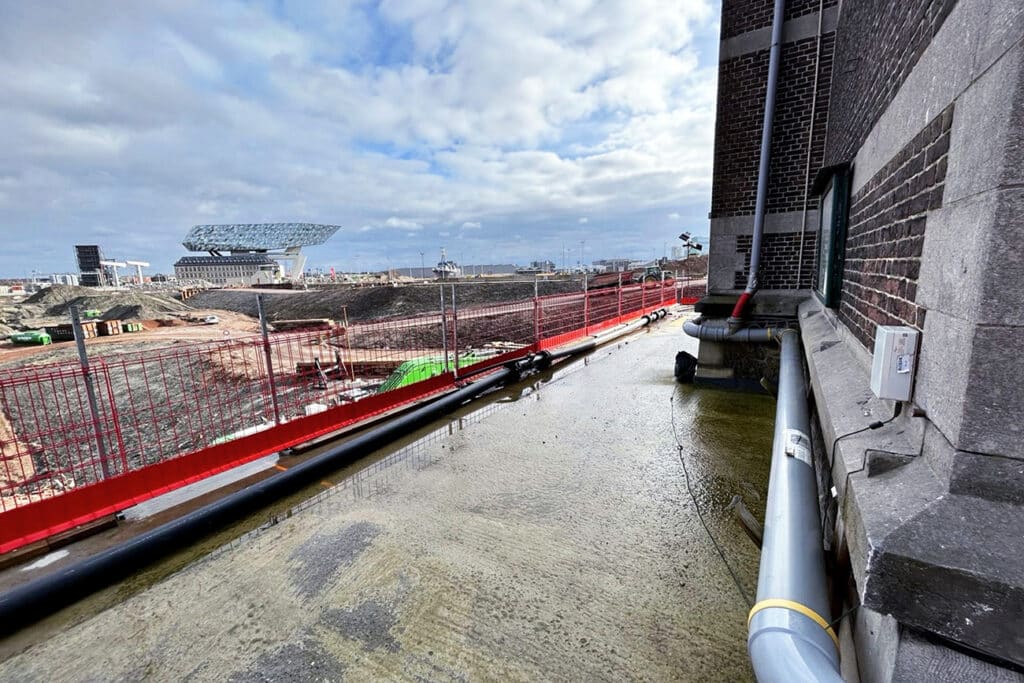
With relative deformation monitoring, construction becomes more predictable
Everyone knows the saying: prevention is better than cure. This certainly applies to construction. Clients often spend a lot of money on monitoring systems that prove afterwards that something went wrong. Technical consultancy firm Alcedo also saw this and therefore added relative deformation monitoring to its services several years ago. This measures the stress progression in a structure and can predict when damage may occur, allowing timely intervention. It is a still relatively unknown measurement method, which is valuable because it prevents problems and provides guidance.

In the Netherlands, we have the SBR standard, which, based on set limit values, indicates whether certain vibrations are too severe and could potentially cause damage. However, there are situations and constructions where vibrations exceed the limit values but do not cause damage. But also the other way around, where minor vibrations do cause damage. Alcedo advocates using a more predictive method of monitoring, especially since there are more causes of damage than just vibrations. Load, settlement, demolition, excavation and the like can also cause damage. Relative deformation monitoring observes stresses in structures and their progression. A stress change is a good indicator of potentially foreseeable damaging deformations of a structure.
Zero measurement
To predict possible damage, it is important to know how a structure behaves under "normal" conditions. What is the influence of temperature, moisture, seasons and passing traffic on the stress development in a structure? Based on a good and long measurement period, you can define limit values for deformation for a specific structure. Relative monitoring records the stresses in a structure continuously, 24/7. Any deviation from the regular course in the baseline measurement is recorded and can be marked as potentially damaging based on the limit values. This creates an objective and transparent interpretation of the concept of monitoring. You can intervene even before actual damage occurs.
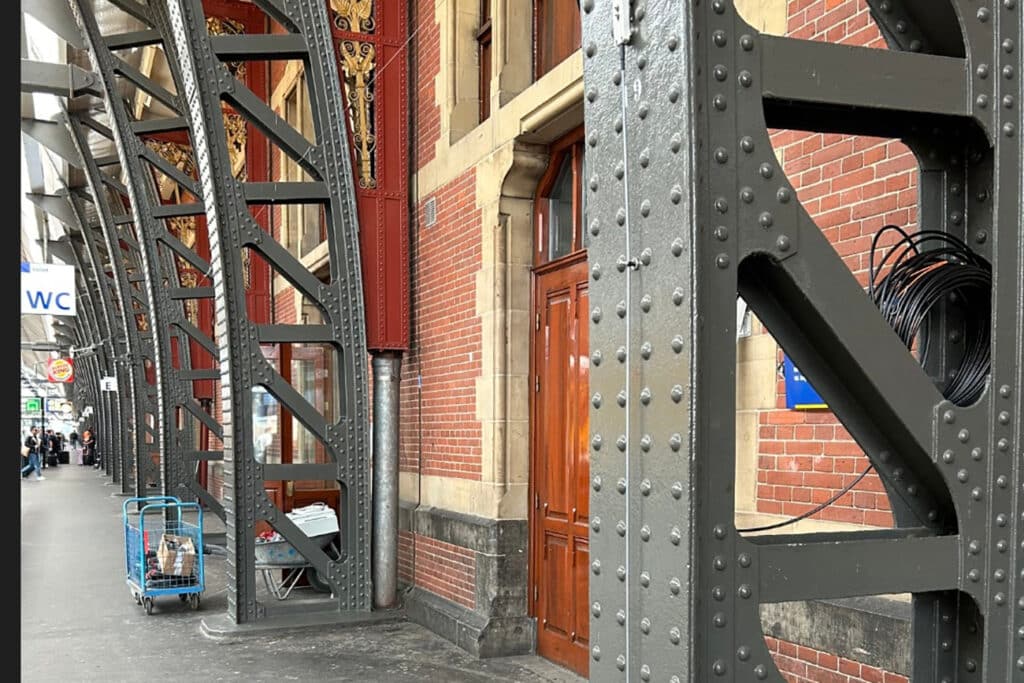
The more classical forms of monitoring either concentrate on measuring one possible cause of damage and are therefore not sufficiently conclusive to base decisions on. Other classic forms of monitoring record damage when it has already occurred. Proactive management and damage prevention are not possible with these classical methods.
Alcedo uses both electrical and optical measurement methods to image relative deformation. The deformation is measured by sensors placed like a ribbon on a structure in places where any deformation can be expected. That ribbon has an initial length and forms the measurement base. When the length changes, it is recorded. The change (∆l) divided by the initial length gives the strain (ε) that occurs. Usually, some potential causes such as vibration, temperature or moisture are additionally monitored. When a project is completed, monitoring is usually continued for some time, because the stress curve shows well when a structure has settled and is stable again.
Steering role
Alcedo already plays an important role in measuring vibration and noise. She sees this new monitoring as the logical next step. For Alcedo, relative deformation monitoring may be leading in more projects because all influences and factors are taken into account. The measurement is more accurate and real-time. Every stakeholder can always view all data online, making monitoring both transparent and objective. At any time it is possible to see how materials behave and how the environment affects it. This allows projects to be better controlled. This reduces construction risks and construction costs and fits perfectly with the construction challenges at hand.
